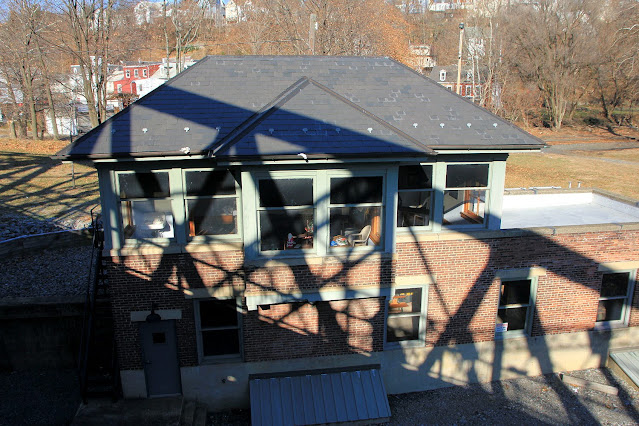It appears that the next step in Amtrak's surprising B&O CPL renaissance is the upgrade of those in the Washington Union Terminal area to use LED lamps. Since the terminal area was last re-signaled, the US&S built dwarf CPL's have suffered from low output, possibly lower than the more typical GRS counterparts (US&S was awarded the contract and had to make its own copycat B&O style CPL's as a result). Combined with the overhead catenary, it has made capturing signaling indications on camera rather challenging.
Well now things are on easy mode as you can see here with the incandescent pole pointed 315 signal compared with the gantry mounted 311 and 351 signals displaying Clear and Approach respectively.
For another point of comparison here is the incandescent 189 signal displaying Slow Clear at the end of Track #23.
In addition to the LED's we can see that the orbitals on the gantry mounted signals have received new extra wide backing plates, even if the additional orbital lamps aren't installed. Hopefully the LED conversion won't be limited to just the overhead signals, which do suffer from the extra visibility problems caused by the overhead wires..











